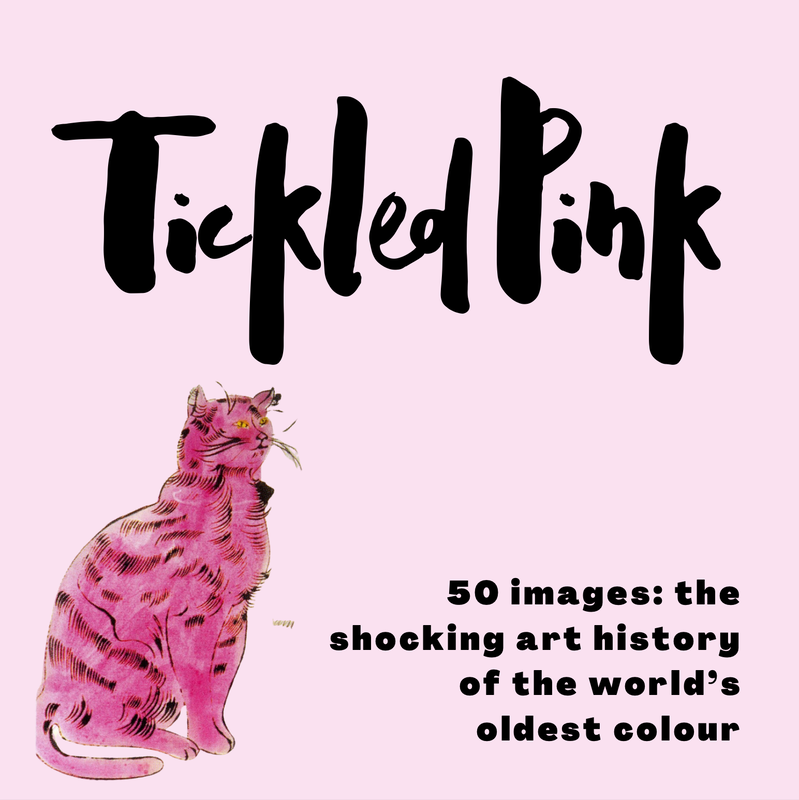|
Netherlandish Proverbs Why I love writing poetry becomes clear working on this 1,500 piece picture puzzle of Breugel’s painting, Dutch Proverbs. In week two of social distancing to curb the effect of the Covid 19 pandemic, to tear ourselves away from computers, zoom chatrooms and overdoses of email containing libraries of information and media, we start a puzzle. A one thousand, five-hundred piece puzzle. What fun to enter Breugel’s world of 1559 and find how he hides over 100 Dutch proverbs! Forms, colours spill on the dining room table— you can see from the picture…Let’s start with blue: just three places large enough to put more than three pieces together: 1) the famous blue cloak, the lady in red (sin) puts on her husband front and centre, (meaning she is cheating on him) 2) the upper left corner of blue sea and sky, where the blind lead the blind, (hence, both will fall into the ditch) and another man struggles against the current (uphill battle), 3) middle sky, where a man in a red jerkin sits on a chimney waving a black cape (hang your coat in the wind, i.e. going with the flow of the current opinion.) Ah… but then, blue is also in tiny patches! Don’t confuse the two blue orbs, or the mottled blues and greens of a man crouched as if on our planet. That prince in the pink cape is “spinning him on his thumb.” What fools we are… like the pillar biter, with turquoise sleeves. You will note the ochres, yellows and oranges will provide you hours of contemplation about walls — some not needed at all… some needing repair, as well as thoughts about straw rooves, sandy banks where no houses should be built, and pigs— ah yes! Pigs trampling in fields of wheat… pigs on the knees of butchers waiting to be slaughtered (as opposed to a sheep, which can be sheared, hence a more lasting and lucrative activity), pigs roaming behind the man banging his head against a wall… which bring us to the problem of differentiating bricks! All those shades of brown, some sliding into maroons and russets, squaring off into bricks--making things such as the pillar in a pond with the man trying to catch fish with his hands, or an oven in front of which a man is yawning or a very high tower from which a man casts feathers to the wind (another fairly useless activity.) Last night, I had a dream of working on the puzzle, placing the same piece over and over again in different possible spots, as a song kept repeating, “all will turn to stone”. And yet, I do not regret taking time to put together pieces that paint proverbs of human folly, our foibles, and life as luck of the draw. In so many ways, it is the same as writing, penning the words, placing, replacing, trying to make order out of a mass of confusion. We are but passing ships in the night, but the proverbs give me the hope that I am not alone, listening to the distant voice in the darkness, the slow shuffle of oars. Kitty Jospe 1.https://mymodernmet.com/dutch-proverbs-pieter-bruegel/ This gives details of images illustrating 25 of the almost 100 proverbs! short video: https://www.khanacademy.org/humanities/renaissance-reformation/northern/antwerp-bruges/v/pieter-bruegel-the-elder-the-dutch-proverbs-1559 Also entitled The Blue Cloak or The Topsy Turvy World, this painting contains a literal illustration of idioms and aphorisms of 16th century Flemish life. Whereas some of the idioms have been lost to history, others are still relevant and in use today. Although other artists and authors had produced paintings and books on proverbs, this painting is considered to be the first large-scale rendition of the theme. The proverbs, of which there are over 100, as well as the early titles, are meant to illustrate human stupidity and foolishness. The painting was so popular that Pieter Brueghel the Younger reproduced up to twenty copies of it, many of which included various renditions on the proverbs. 2. It took a close up picture to see the man in the window is actually “taking a crap on the world” (i.e. despise everything); note, the Cross is underneath the orb, instead of on top. ** Kitty Jospé has authored many books and her work has appeared in numerous local and national journals. Bilingual in French/English, (MA French Literature, NYU; worked in Belgium for the International Council of Societies of Industrial Design) she retired from teaching French in 2006 to pursue an MFA (Pacific University, OR). She gives tours in both languages as docent at the Memorial Art Gallery; lectures on language and art as tools for deeper understanding and offers weekly poetry appreciation courses at the public library since February 2008.
0 Comments
Your comment will be posted after it is approved.
Leave a Reply. |
The Ekphrastic Review
COOKIES/PRIVACY
This site uses cookies to deliver your best navigation experience this time and next. Continuing here means you consent to cookies. Thank you. Join us on Facebook:
Tickled Pink Contest
April 2024
|





